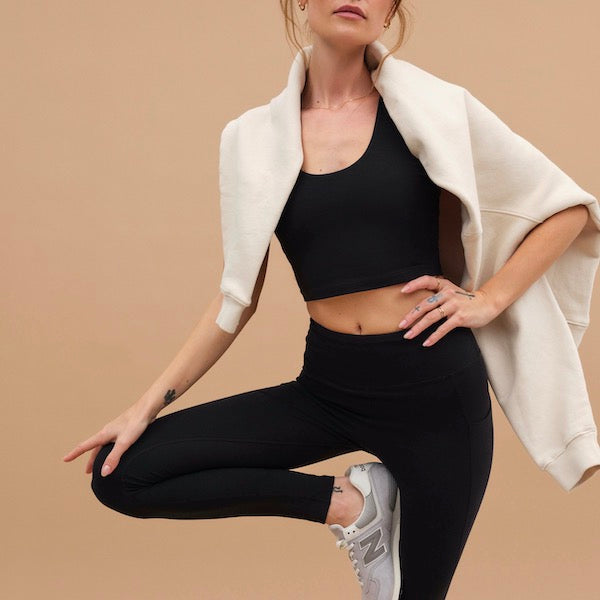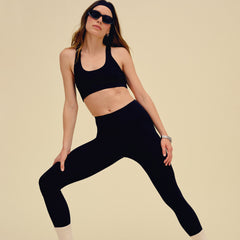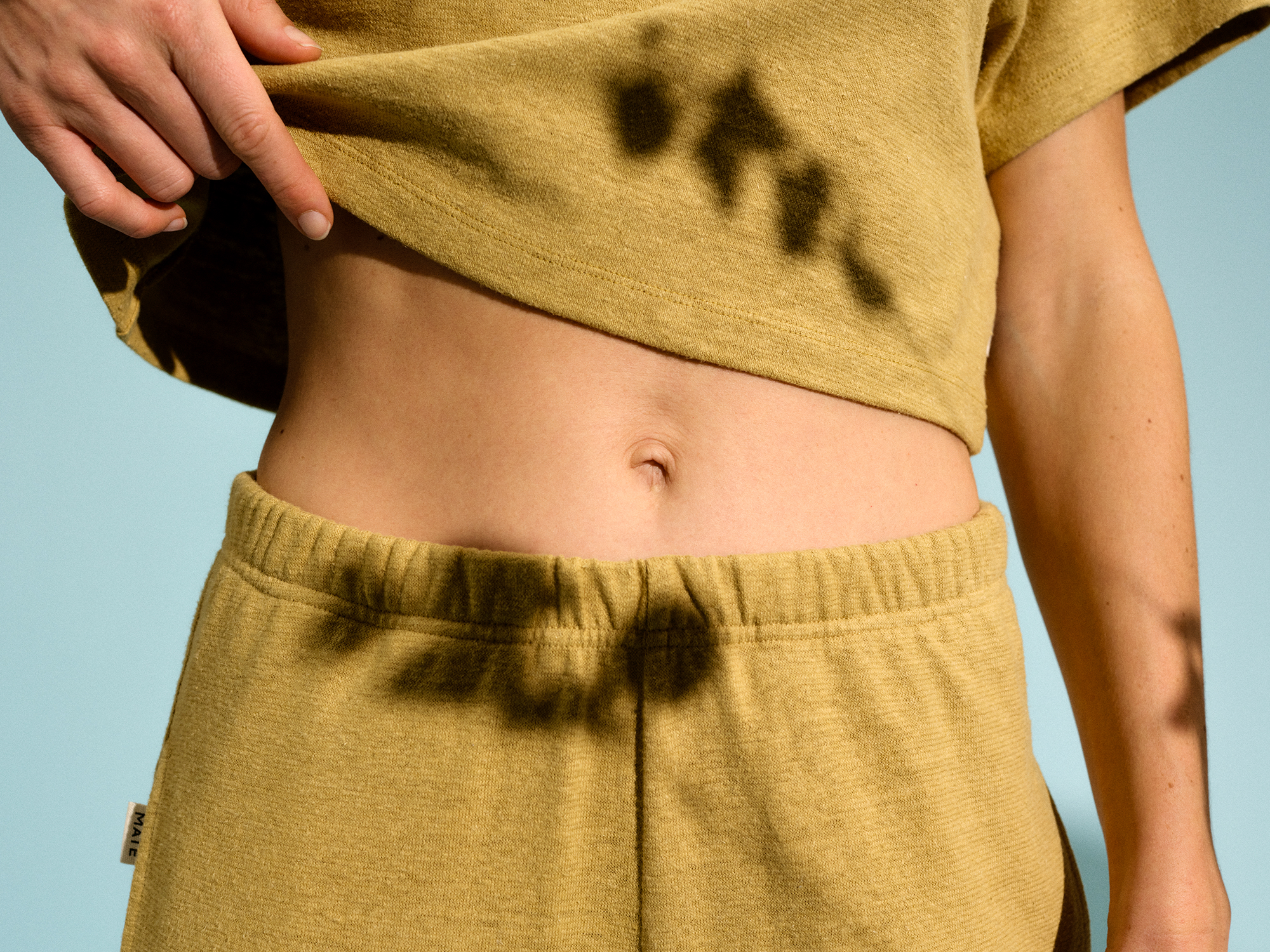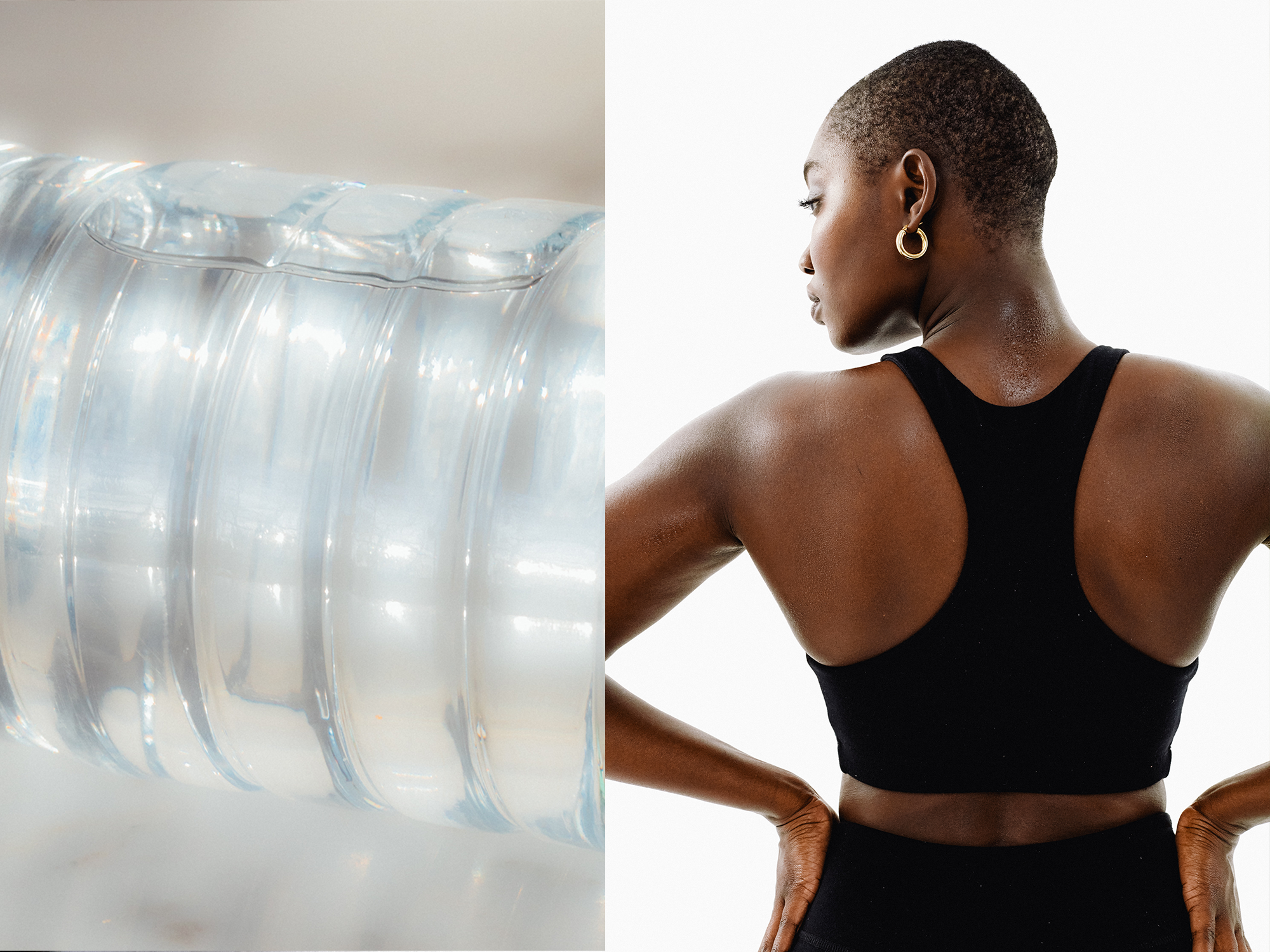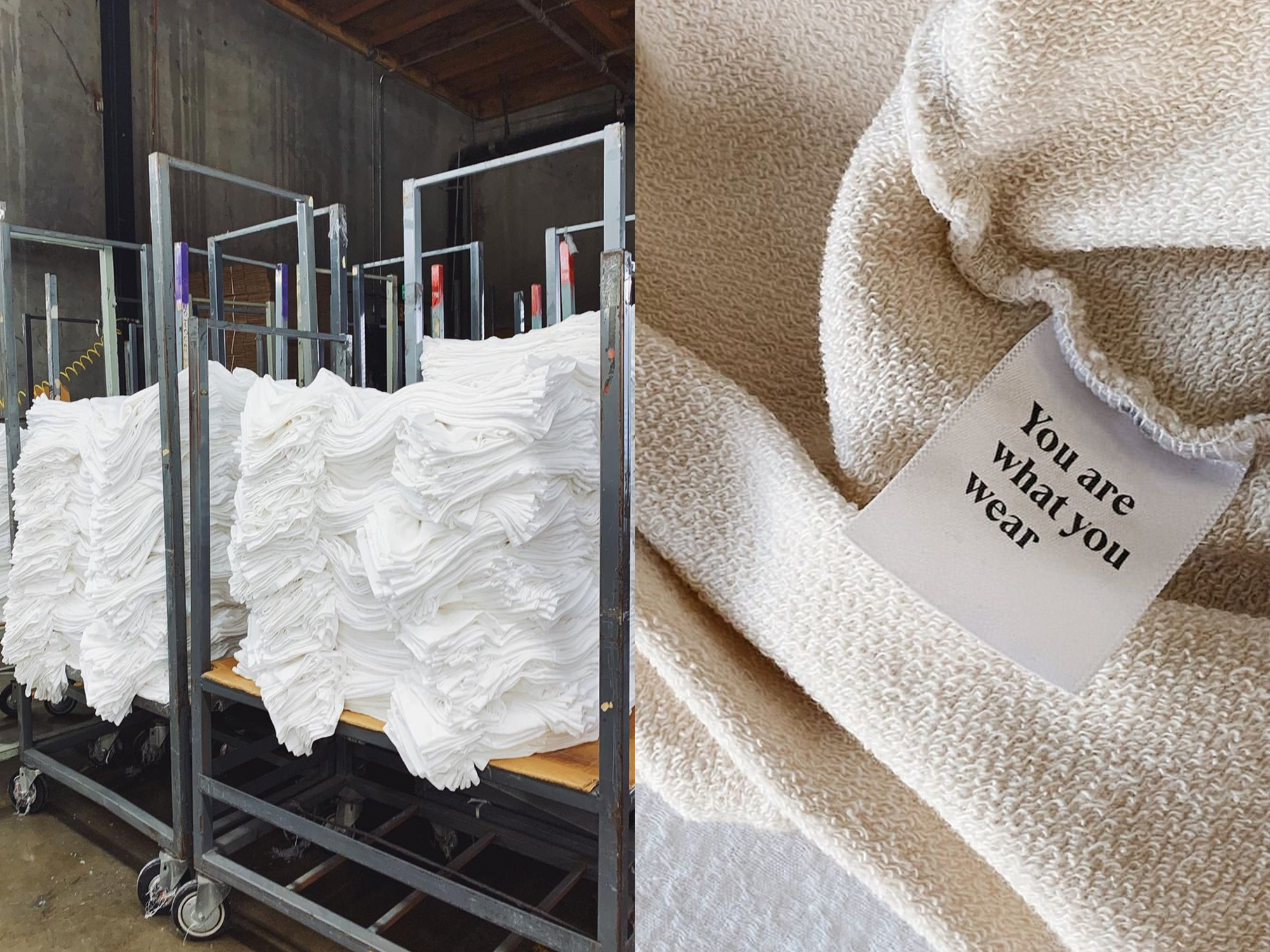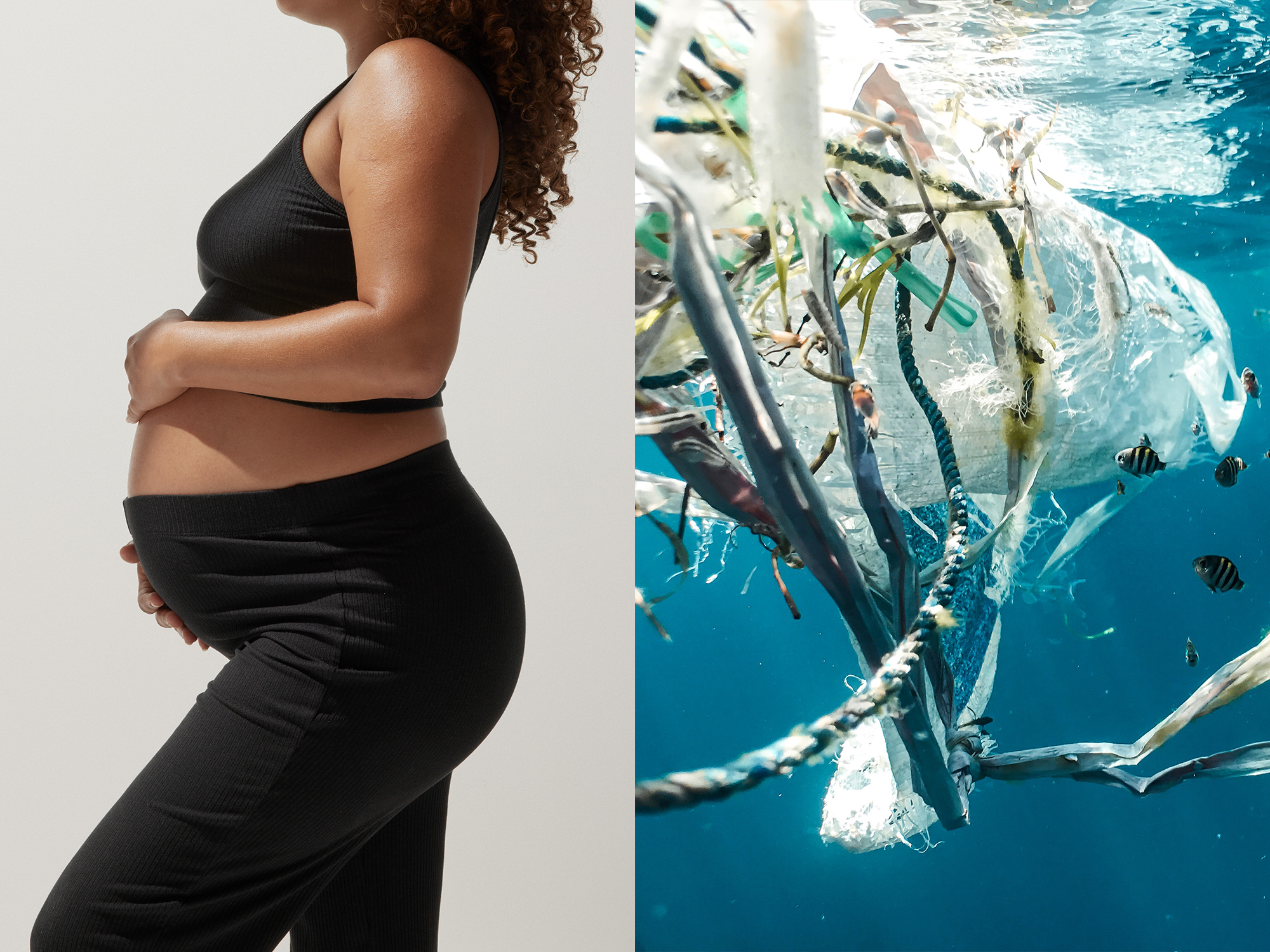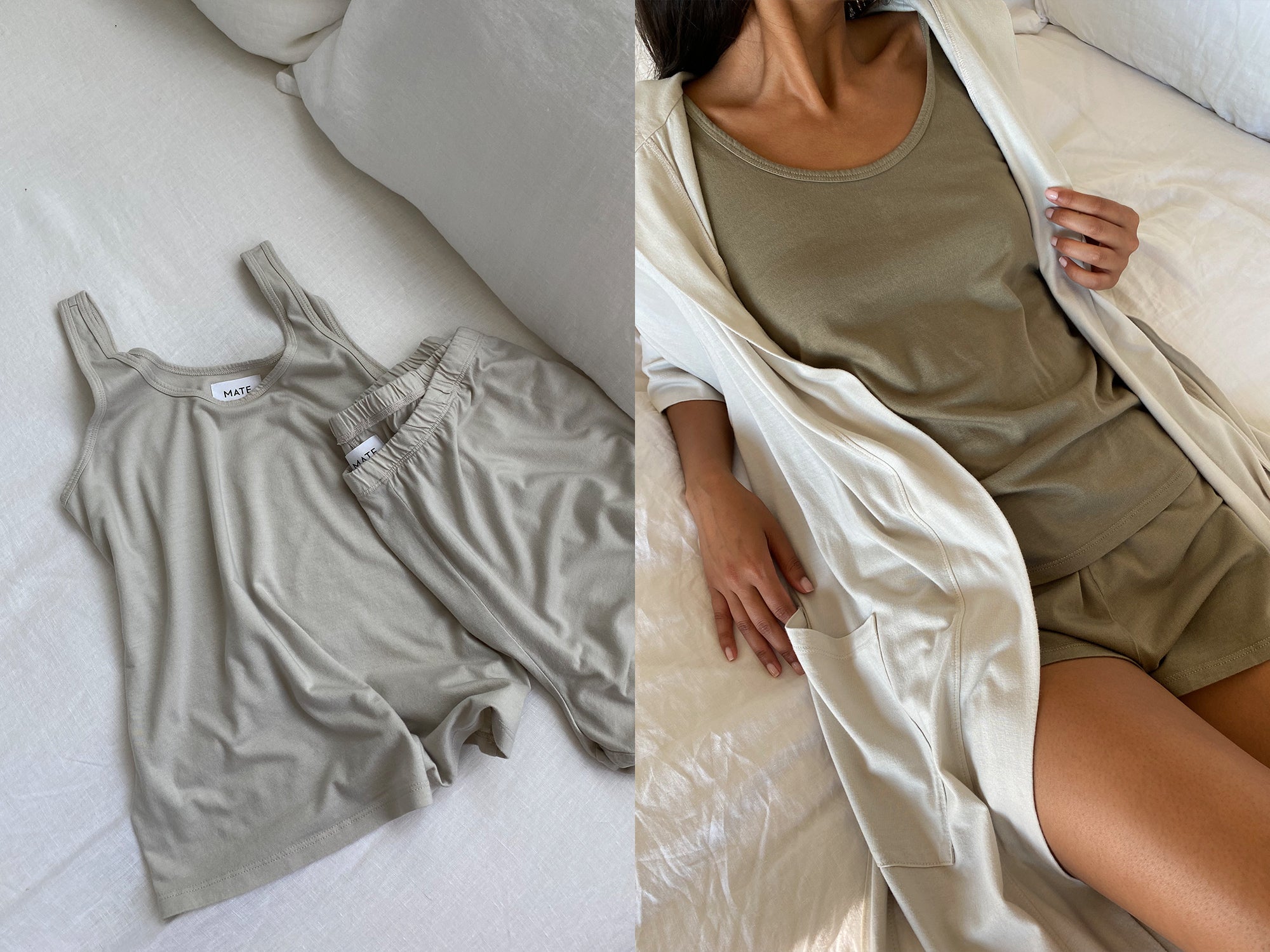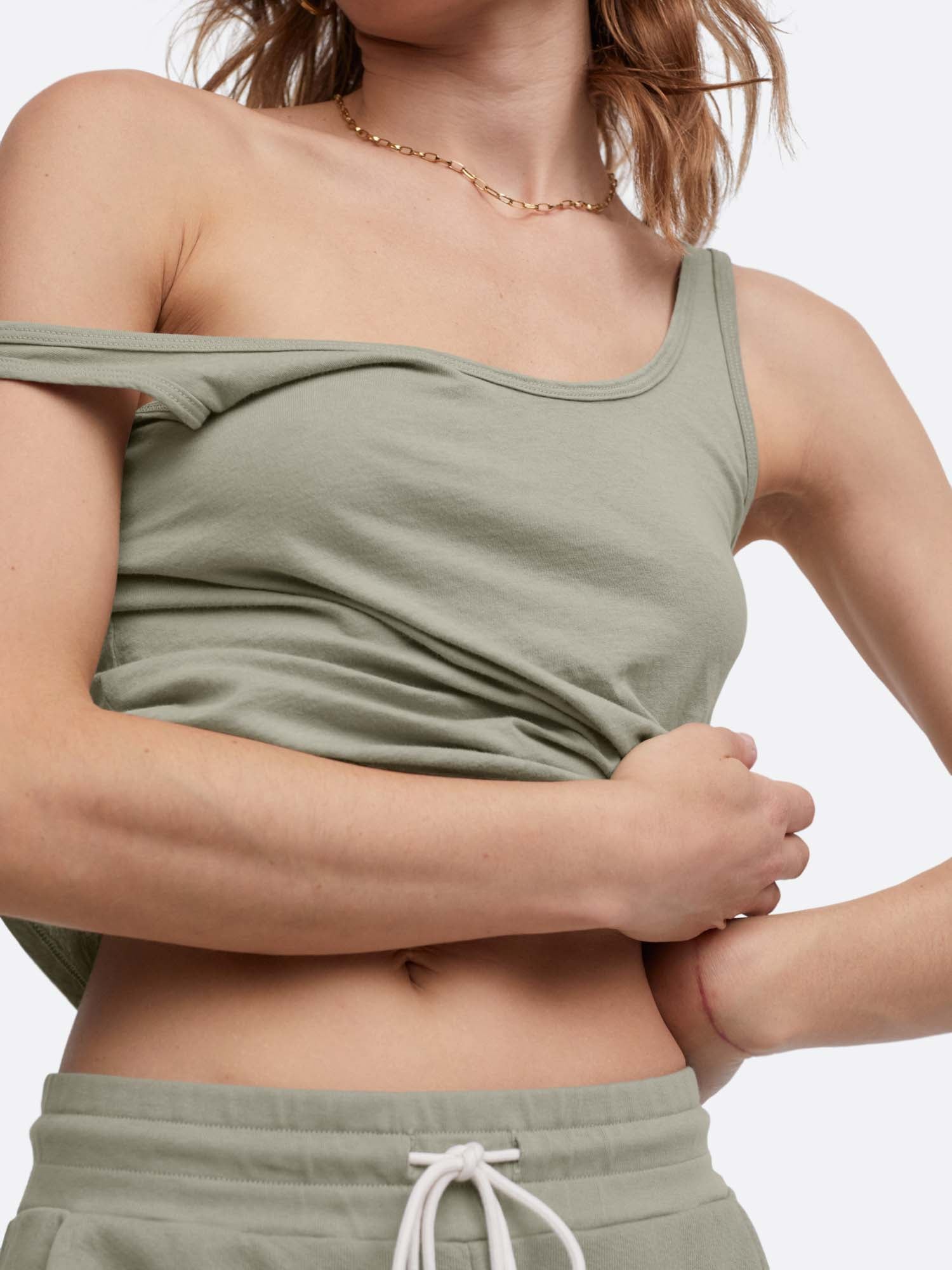Your Tote (0)
Organic Choices For You
Should You Be Worried About BPA in Your Activewear?

BPA has been detected in activewear. What does that mean for your health? Read on to find out.
When you think of the top reasons to work out, benefits such as to improve physical health, build strength and improve muscle tone, as well as de-stressing and promoting overall mental well-being are probably among the first things that come to mind.
Meanwhile, we are surrounded by news articles linking our workout wear options to the toxin Bisphenol A (commonly known as BPA) that may cause a variety of health implications, thereby hindering the aforementioned benefits from working out.
However, is there truth to these claims? And if so, what should we wear instead? Let’s dive in.
BPA Detected in Activewear
To start off, what is the news saying?
A recent press release by the Center for Environmental Health (CEH) revealed that toxic levels of BPA were detected in sports bras and tops from 19 highly popular athletic wear brands. Their findings showed that these clothes may expose the wearer to up to 40 times California’s safe limit of BPA. (Before even knowing the health implications behind BPA, this stat does not bode well!)
You have probably seen ‘BPA-free’ water bottles before. However, upon hearing this you may be asking, what is BPA doing in our workout clothing?
BPA in Fabric Production
Over 60% of the clothing produced worldwide is made from synthetic fibers; of these synthetics, most are petrochemical-based - such as polyester or Nylon - meaning that they are derived from plastic. As workout clothing is predominantly made with these synthetic fibers due to their low cost and performance benefits our workout wear options are inherently plastic-based.
Over 60% of the clothing produced worldwide is made from synthetic fibers; of these synthetics, most are petrochemical-based - such as polyester or Nylon - meaning that they are derived from plastic. As workout clothing is predominantly made with these synthetic fibers due to their low cost and performance benefits our workout wear options are inherently plastic-based.
This is where BPA comes in, as BPA is a key ingredient used to manufacture plastic. In the production of fabrics, it is used to improve their lifespan, give them moisture-wicking and anti-static properties, as well as help fix dyes to the fabric. (This is where we can picture our sweat-wicking, brightly colored workout sets!)
This brings us to our next question, what does BPA have to do with our health?
BPA and Health Implications
Research has pointed to BPA as an endocrine disruptor, meaning it mimics estrogen and can impact the body’s reproductive and metabolic processes. According to the lead researcher on the CEH study, Jimena Díaz Leiva, PhD, “BPA, a well-studied hormone-disrupting chemical, mimics estrogen and can disrupt the normal functioning of the body, including metabolism, growth and development, reproduction, and much more.”
BPA, a well-studied hormone-disrupting chemical, mimics estrogen and can disrupt the normal functioning of the body, including metabolism, growth and development, reproduction, and much more.
BPA has also been shown to impact fetal development, if a mother comes in contact with BPA during pregnancy. According to Hugh Taylor, MD, Chief of Obstetrics and Gynecology at Yale-New Haven Hospital, “Exposure to the mother during pregnancy may result in permanent epigenetic alteration on the fetus.” Meaning that although BPA is only in the body temporarily, exposure to it during pregnancy can alter the fetus’ genetic makeup for life.
BPA has also been seen to cause negative effects on fertility in both men and women, delaying the onset of puberty in women and decreasing testosterone levels and causing erectile dysfunction in men.
Other research has focused on the impact BPA has on metabolic processes, linking exposure to obesity and insulin-resistance. This is especially alarming as two of the main benefits of exercise are boosting metabolism and preventing metabolic disorders. Counterproductive, is it not, to workout for the purpose of lowering your risk to these health harms, all the while introducing a toxin to your system that is directly related to increasing the risk?
As if that was not enough, BPA has also been linked to a higher incidence of breast and prostate cancer. If only toxin-treated clothing came with a disclaimer!
One thing that may still be unclear, however, is, how does wearing it impact our health?
BPA Exposure
Our skin is our largest absorbing organ, so anything that sits against it (especially for long periods of time, such as clothing) can be taken into our body and impact its functions. In addition, studies have shown that chemicals can run off of fabrics upon contact with the skin, especially when sweating.
Dr. Díaz Leiva from the CEH study echoed this concern, “Moreover, given that sports bras and athletic shirts are worn during exercise and generally people sweat a lot in these clothing items, we were concerned about the potential for increased exposure as sweat tends to pull out chemicals from fabric.” By working out in synthetic clothing, we are optimizing the environment for BPA to enter and disrupt our system.
“Moreover, given that sports bras and athletic shirts are worn during exercise and generally people sweat a lot in these clothing items, we were concerned about the potential for increased exposure as sweat tends to pull out chemicals from fabric.”
Studies specifically investigating the ability for BPA to cause health impacts through a dermal exposure to synthetic clothing are under-researched. Here is what we know: there is BPA in clothing, BPA can affect our health in all the ways explained above, in certain instances chemicals found in clothing can be absorbed by our skin.
However, all hope is not lost. There are BPA-free clothing options, with more companies focusing on this everyday. So, what can we wear instead?
Safe Alternatives
The next time you are shopping, swap out plastic-based fabrics (think: polyester, nylon, spandex, acrylic, and lycra) for certified organic, plant-based products. Avoid pieces marketed as ‘moisture-wicking’, as this may be indicative of the use of BPA to give the clothing this property.
Many workout pieces may still include a small percentage of the aforementioned synthetics, but the higher the percentage of all-natural fibers, the lower the likelihood of BPA exposure and the better off your health will be.
The higher the percentage of all-natural fibers, the lower the likelihood of BPA exposure and the better off your health will be.
Luckily, MATE has designed workout wear from GOTS-certified organic cotton, a healthy alternative to synthetic workout wear. Check out their BPA-free activewear here, and workout with the confidence of knowing you are doing right by your body (while still looking good!).
Organic Essentials. Clean from seed to skin. Shop Organic, non-toxic, natural clothing with MATE here.
Lydia Dupree is a biochemist and author of peer-reviewed articles in her field. She dives deep into the literature to explore the impact the fashion industry has on our health and environment, and shows how to easily implement sustainable fashion into our lives. Connect with Lydia via her website or Instagram page.
More From The Journal
 female founded
female founded
Postcards from the Road: A Conversation with Yolo Journal’s Yolanda Edwards
Read more female founded
female founded



